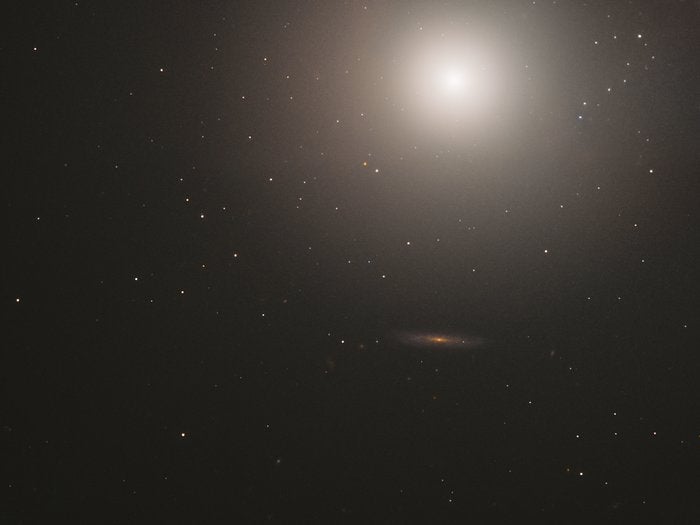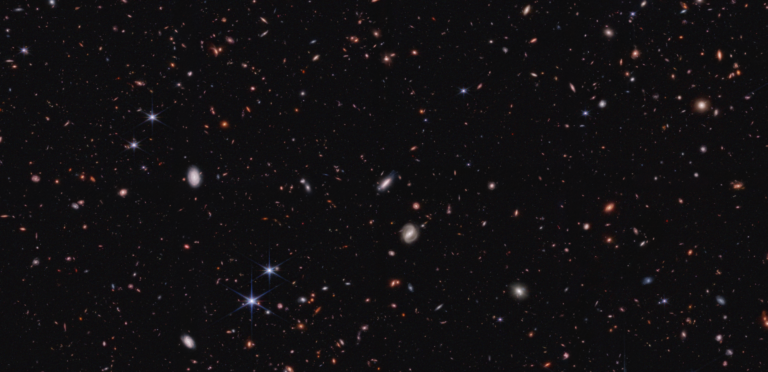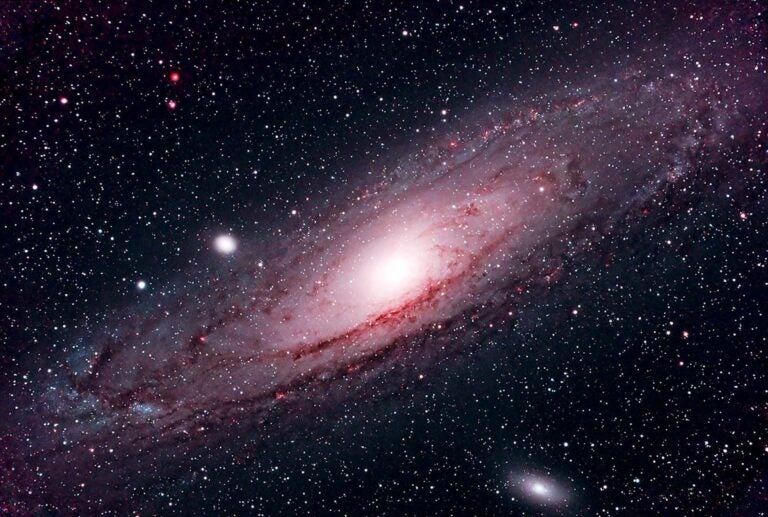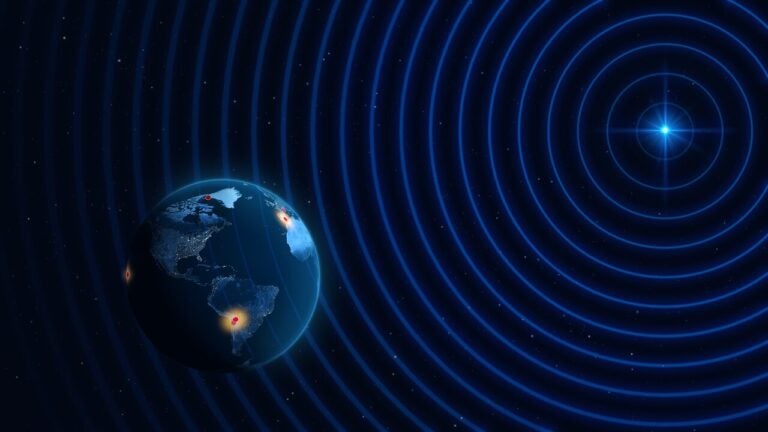
This near-infrared and visible image shows the galaxy M89 as viewed by the Hubble Space Telescope’s Wide field and Planetary Camera 2. The 2019 image captures M89’s bright central nucleus and was taken to further understand how elliptical galaxies like M89 form, as well as to bolster evidence for a central black hole within these galaxies.
The galaxy is at least 50 million light-years away in the constellation Virgo and appears to be perfectly spherical, which is unusual for elliptical galaxies that tend to be egg shaped. However, researchers think that what might give M89 its seemingly round shape is not a physical characteristic, but rather its orientation toward Earth.
Within the galaxy, which is only slightly smaller than the Milky Way, reside some 100 billion stars and 2,000 globular clusters. At its center sits a supermassive black hole . A huge structure of gas and dust extends 150,000 light-years out, perhaps the remnants of a time when that black hole was more actively feeding. Researchers have also found jets that reach out to 100,000 light years from the galaxy, again suggesting that at one point, M89 may have been more active as a quasar or radio galaxy.
M89 is surrounded by shells and plumes of material, making researchers suspect it has recently undergone mergers with smaller galaxies, implying that M89 formed not long ago.
The deep-sky object was found in 1781 by Charles Messier, who began cataloging faint, fuzzy targets in the sky after he mistook a hazy object for Halley’s Comet. That unclear object instead was the Crab Nebula (M1). To help other stargazers from making the same mistake, Messier created a guide of all bright, deep-sky objects that could be confused for comets. His and others’ careful observations eventually led to the Messier Catalog. M89 is the last giant elliptical Messier found and the most impeccably circular galaxy in his catalog of 109 objects.
Within the constellation Virgo numerous galaxies that comprise the Virgo Cluster, including the potato-shaped elliptical M87, whose supermassive black hole was imaged in 2019.









